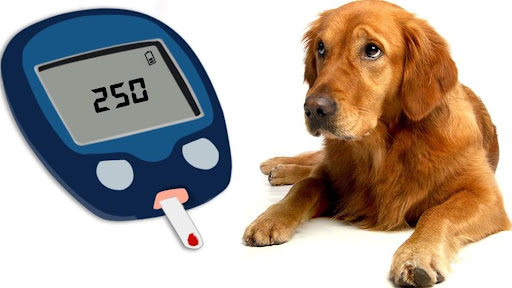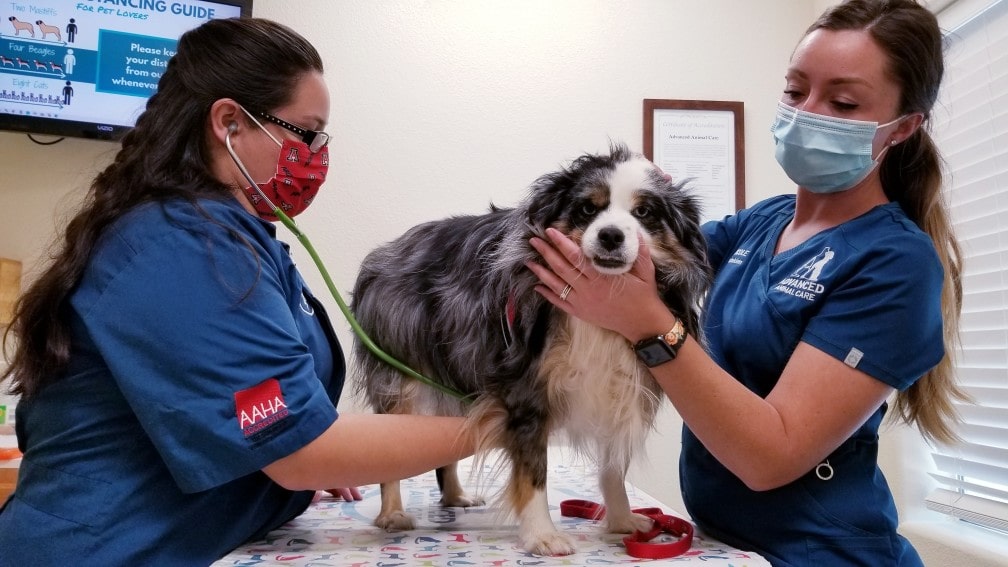Diabetes is a chronic disease that can influence dogs and cats and different animals (including apes, pigs, and horses) just like people. Despite the fact that diabetes cannot be cured, it tends to be overseen effectively.
Diabetes mellitus, or sugar diabetes, is the kind of diabetes seen regularly in dogs. It is a digestion issue. Digestion alludes to how the body changes food over to energy.
The glucose-insulin connection
The transformation of food nutrients into energy to drive the body’s cells includes a continuous interaction of two things:
Glucose: Glucose is a fundamental fuel for the body’s cells. At the point when food is processed, the body separates a portion of the nutrients into glucose, a kind of sugar that is a fundamental source of energy for specific body cells and organs. The glucose is ingested from the digestive organs into the blood, which then, at that point, ships the glucose all through the body.
Insulin: Insulin is responsible for fuel delivery. In the interim, a significant organ close to the stomach called the pancreas delivers the chemical insulin into the body. Insulin acts as a guard that advises cells to get glucose and different supplements out of the circulatory system and use them as fuel.
What Is Diabetes?
With diabetes, the glucose-insulin association isn’t working as it should. Diabetes happens in dogs in two structures:
- Insulin-deficiency diabetes – This is the point at which the dog’s body isn’t delivering sufficient insulin. This happens when the pancreas is harmed or in any case not working as expected. Dogs with this sort of diabetes need day-by-day shots to supplant the missing insulin. This is the most well-known kind of diabetes in dogs.
- Insulin-resistance diabetes-This is the point at which the pancreas is creating some insulin; however, the dog’s body isn’t using the insulin as it should. The cells aren’t reacting to the insulin message, so glucose isn’t being pulled out of the blood and into the cells. This sort of diabetes can particularly happen in older, obese dogs.
Female dogs can likewise foster transitory insulin opposition while in heat or pregnant.
Damage caused by diabetes: A double whammy
Whatever the type of diabetes, the negative effects on the body are the same. Excessive sugar builds up in the dog’s bloodstream, and yet the body’s cells that need that sugar can’t access it.
So the “bad” effects that diabetes causes in the dog’s body are twofold:
- Cells are starved for crucial fuel. Muscle cells and certain organ cells are deprived of the glucose fuel they need for energy. In response, the body begins breaking its own fats and proteins to use as an alternative fuel.
- High sugar levels in the circulation system harm numerous organs. Without insulin to assist with changing over the glucose in the circulation system into fuel, significant degrees of glucose develop in the blood. Unfortunately, this unusual blood science behaves like a kind of toxin and at last causes multi-organ harm. This frequently incorporates harm to the kidneys, eyes, heart, veins, or nerves.
What Are the Symptoms of Diabetes in Dogs?
The owner will sometimes notice certain symptoms that can be early signs of diabetes:
- Over-the-top thirst – The dog might drink often and empty the water bowl more often.
- Increased urination – The dog might request to go outside often and may begin having mishaps in the house. Expanded pee (and expanded thirst) happens in light of the fact that the body is attempting to dispose of abundant sugar by sending it out through pee, alongside water that bonds to the sugar.
- Weight reduction – The dog can shed pounds regardless of eating typical bits. This is on the grounds that the dog isn’t effectively changing over supplements from its food.
- Expanded hunger – The dog can be exceptionally ravenous all the time on the grounds that the body’s cells aren’t getting all the glucose they need, despite the fact that the dog is eating an ordinary sum.
In more advanced cases of diabetes, symptoms can become more pronounced and can include:
- Loss of appetite
- Lack of energy
- Depressed attitude
- Vomiting
Uncontrolled diabetes can prompt wrecking consequences for the dog’s body, which is the reason early identification and legitimate treatment are significant. Impacts of diabetes on the dog’s wellbeing can include:
- Cataracts (leading to blindness)
- Enlarged liver
- Urinary tract infections
- Seizures
- Kidney failure
- Ketoacidosis, a possibly dangerous intense condition that can be accompanied by quick breathing, dehydration, lethargy, vomiting, or sweet-smelling breath; can be set off by elements like stress, surgery, fasting, contamination, or a hidden ailment joined with a low insulin level. Proprietors of diabetic creatures ought to consistently have close-by ketone testing sticks and should test their dog’s pee if any of the above happens. If the dog’s pee tests positive for ketones, a crisis vet ought to be called right away.
Diagnosis
Your veterinarian can do simple tests to check for diabetes, including testing for excessive glucose (sugar) in the blood and urine. Blood tests can likewise show other signs of diabetes, like high liver proteins and electrolyte imbalances.
The sooner diabetes is analyzed and treated, the better possibility the pet has of a typical life.
What Can Make a Dog at Risk for Diabetes?
- Age – While diabetes can occur at any age, it mostly occurs in middle-aged to senior dogs. Most dogs that develop it are age 5 or older when diagnosed.
- Gender – Unspayed female dogs are twice as likely as male dogs to have diabetes.
- Chronic or repeated pancreatitis. Chronic or repeated pancreatitis (inflammation of the pancreas) can eventually cause extensive damage to that organ, resulting in diabetes.
- Obesity – Obesity contributes to insulin resistance and is a risk factor for pancreatitis, which can lead to diabetes.
- Steroid medications – These can cause diabetes when used long-term.
- Cushing’s disease – With Cushing’s disease, the body overproduces steroids internally, so this condition also can cause diabetes.
- Other health conditions – Some autoimmune disorders and viral diseases are also thought to possibly trigger diabetes.
- Genetics – Diabetes can occur in any breed or mixed-breed, and it seems genetics can play a role in either increased or reduced risk. A 2003 study found that overall; mixed-breeds are no less prone to diabetes than are purebreds. Among purebreds, breeds vary in susceptibility, some with very low risk and others with higher risk. Some that may be at higher risk include miniature Poodles, Bichons Frises, Pugs, Dachshunds, Miniature Schnauzers, Puli, Samoyeds, Keeshonds, Australian Terriers, Fox Terriers, Cairn Terriers, and Beagles.
Treatment of Diabetes in Dogs
- Diet – Your veterinarian will suggest the best kind of diet for your diabetic dog. Typically this will incorporate some great quality protein, just as fiber and complex starches that will assist with easing back ingestion of glucose. Your vet may likewise suggest an eating regimen with a moderately low-fat substance.
- Exercise – To assist with staying away from unexpected spikes or drops in glucose levels, it is particularly significant that diabetes dogs keep a moderate however steady exercise schedule.
- Infusions – Most diabetic dogs will require day-to-day shots of insulin under the skin, something that the proprietor should figure out how to do. Despite the fact that it’s reasonable to be uneasy about doing this, it’s not quite so hard as it would sound. It can turn into a speedy and simple everyday schedule that isn’t horrible just for one or the other dog or proprietor.
Monitoring and Managing Your Dog’s Diabetes
Although a few cases might be really difficult, dog diabetes can be generally overseen effectively without confusion. From giving infusions to checking glucose levels day by day, you will assume the essential part in your dog’s care, and your obligation to stay aware of his day-by-day shots and observing is critical.
Your veterinarian will work with you to decide the best administration plan for your dog. Toward the beginning of treatment, this might include regular visits to the center for testing and prescription changes, however ideally the right blend of medicine, measurements, diet, and home checking will before long be shown up that will empower you to keep your dog’s glucose reliably managed and assist him with residing a full, cheerful life.
For knowing more about dog care visit this link https://dogexpress.in/category/health/

 DogExpress
DogExpress

















 in Chandigarh, India.
in Chandigarh, India. 
